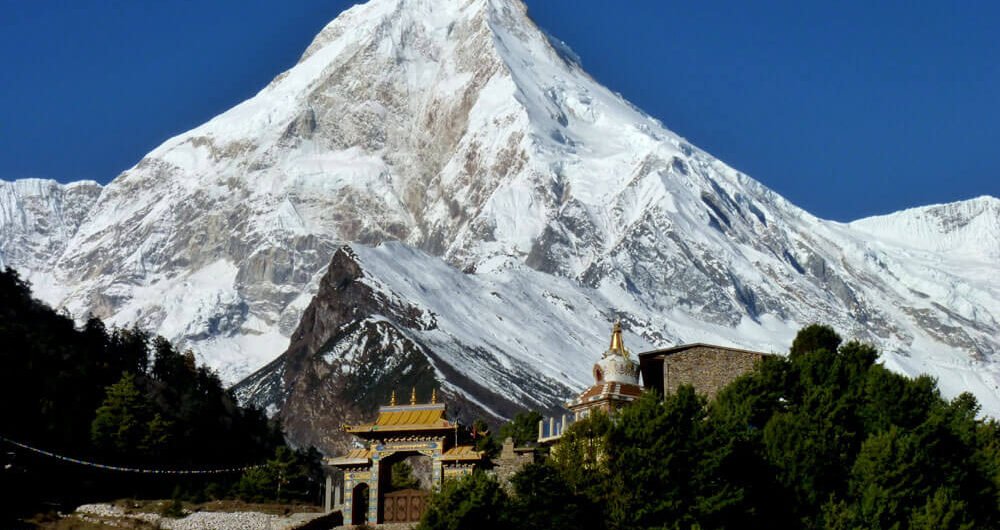Tsum Valley Trek, located in the northern part of the Gorkha district of Nepal, is a sacred Himalayan pilgrimage valley. It is nestled against the backdrop of the majestic Ganesh Himal, Sringi Himal, and Boudha ranges. The valley was a restricted region until it was opened for trekking in 2008, preserving its rich cultural heritage and traditions. Historically, Tsum Valley was part of the Tibetan territory and has retained a strong Tibetan influence. The people of Tsum, known as Tsumbas, practice Buddhism and have a unique dialect, culture, and customs distinct from other parts of Nepal. The valley is known for its ancient monasteries, meditation caves, and centuries-old stupas and mani walls. Tsum Valley Trek has now become one of the most loved trek across world. Note - > We advise to accompany yourself with an experience guide who know the entire route of Tsum Valley Trek. Tsum Valley Trek Detailed Itinerary Day 1: Arrival in Kathmandu Explore the vibrant streets of Thamel. Visit UNESCO World Heritage Sites like Swayambhunath (Monkey Temple) and Pashupatinath. Day 2: Kathmandu to Soti Khola (700m) Travel to Soti Khola, the launch point for your trekking expedition. Travel to Soti Khola, where your trekking adventure begins. Day 3: Journey on foot from Soti Khola to Machha Khola, ascending to an elevation of 869 meters. Day 4: Machha Khola to Jagat (1,340m) Cross suspension bridges, walk along riverbanks, and pass through the village of Tatopani, known for its hot springs. Day 5: Jagat to Lokpa (2,040m) Enter the restricted area and climb through rhododendron forests. Day 6: Lokpa to Chumling (2,386m) Trek through lush forests and enjoy stunning views of the Ganesh Himal. Day 7: Chumling to Chhokangparo (3,031m) Pass through traditional villages and get a glimpse of local life. Day 8: Chhokangparo to Nile (3,361m)
Tsum Valley Trek, located in the northern part of the Gorkha district of Nepal, is a sacred Himalayan pilgrimage valley. It is nestled against the backdrop of the majestic Ganesh Himal, Sringi Himal, and Boudha ranges. The valley was a restricted region until it was opened for trekking in 2008, preserving its rich cultural
